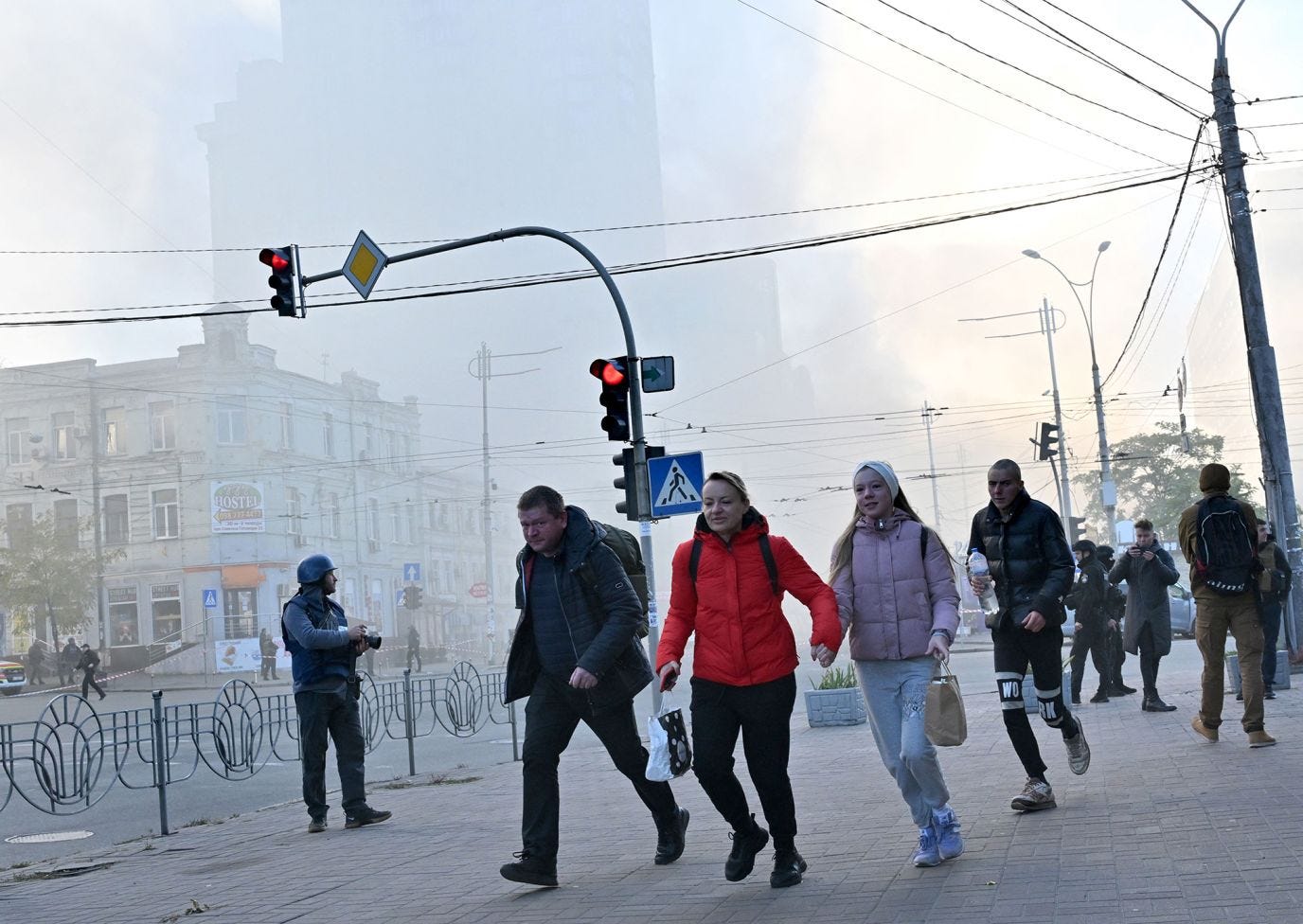E3 urge UN to probe Iran drone transfers to Russia
Letter by E3 UN reps lays out why the transfers, if verified, would constitute a violation of a 2015 UN Security Council resolution by both Iran and Russia.

The three European parties to the 2015 Iran nuclear deal, Britain, France, and Germany, today formally urged the United Nations Secretariat to investigate the alleged transfer of Iranian drones for use by Russia in the war on Ukraine.
In a two-page letter dated Oct. 21 obtained by Diplomatic, the UN ambassadors of France, Germany and UK charge d’affaires laid out why they believe the transfers, if verified, would constitute a violation of UN Security Council Resolution 2231, adopted by the body after the reaching of the Iran nuclear pact in 2015, by both Iran and Russia.
“We are deeply concerned by the transfer of unmanned aerial vehicles (UAVs) from Iran to Russia in violation of UN Security Council Resolution 2231,” the E3 diplomats wrote in the letter addressed to current UN Security Council President, Gabon Ambassador Michel Biang. “These UAVs are being used by Russia in its war of aggression against Ukraine in attacks against civilian infrastructure and cities across Ukraine, leading to the death of innocent civilians. We recall that indiscriminate attacks on innocent civilian populations constitute a war crime.”
“Paragraph 7(a) of Resolution 2231…is clear that all states shall comply with paragraph 4 of Annex B. This is binding language,” the E3 letter continues. “Paragraph 4 of Annex B states that the transfer from, or to, Iran, of items which fall under the list set out in S/2015/546 require prior approval from the Security Council.”
“There is significant open source evidence including photographs and video evidence of Russia deploying Mohajer and Shahed series UAVs in Ukraine,” it continues. “Both Mohajer and Shahed series UAVs meet the parameters under S/2015/546 because we assess that they are capable of a range equal to or greater than 300km,” it continues. “Both models have been manufactured after UNSC Resolution 2231 entered into force and transferred to Russia recently. The transfer of such capacities from Iran to Russia has not been permitted in advance by the Security Council.
“Therefore both Iran and Russia, by participating in the transfer of these weapons without seeking prior permission of the UN Security Council, have violated Resolution 2231,” the E3 letter asserts.
The letter additionally notes that the Mojaher series of UAVs are manufactured by Qods Aviation, an Iranian company which is subject to the asset freeze provision of UNSCR 2231 Annex B. “Any financial transaction with this entity would represent yet another violation of the Resolution,” it says.
“Further open source reporting suggests that Iran intends to transfer yet more UAVs and, potentially, ballistic missiles to Russia,” the E3 letter says. That would constitute further violations of the resolution, “and represent a significant escalation.”
The E3 reps said they would “welcome an investigation by the UN Secretariat team responsible for monitoring the implementation of UNSCR 2231, and stand ready to support the work of the Secretariat in conducting its technical and impartial investigation.”
American officials said this week that they share the European assessment that the alleged Iranian drone transfers to Russia constitute a clear violation of the 2231. “It’s unambiguous,” a senior US administration official said Wednesday.
On Thursday, the US National Security Council said the United States assesses that Iranian military personnel have been on the ground in Russian occupied Crimea to help train and provide technical support to Russian armed forces piloting the Iranian-made UAVs to attack targets in Ukraine.
“We can confirm that Russian military personnel that are based in Crimea have been piloting Iranian UAVs…to conduct strikes across Ukraine, including strikes against Kyiv just in recent days,” National Security Council strategic communications coordinator John Kirby told journalists Thursday (Oct. 20). “We assess that Iranian military personnel were on the ground in Crimea and assisted Russia in these operations.”
“The fact is this: Tehran is now directly engaged on the ground, and through the provision of weapons that are impacting civilians and civilian infrastructure in Ukraine,” Kirby said. “In fact, that are killing civilians and destroying civilian infrastructure in Ukraine.”
Kirby said that Russia had received “dozens” of Iranian UAVs so far, “and will likely continue to receive additional shipments in the future.” Given Russia’s ongoing supply shortages, the U.S. is also concerned that Russia may seek to acquire other advanced weapons from Iran, such as surface to surface missiles, he said.
Russia, at a closed-door Security Council meeting on the issue Oct. 19, claimed that the drones Russia is using in Ukraine are Russian-manufactured, and rejected any calls for a UN investigation, threatening if one is pursued Russia might have to cease cooperation with the UN Secretary General.
“These are all baseless allegations,” Russian deputy ambassador to the UN Dmitry Polyanskiy said after the meeting Wednesday, reading from notes.


